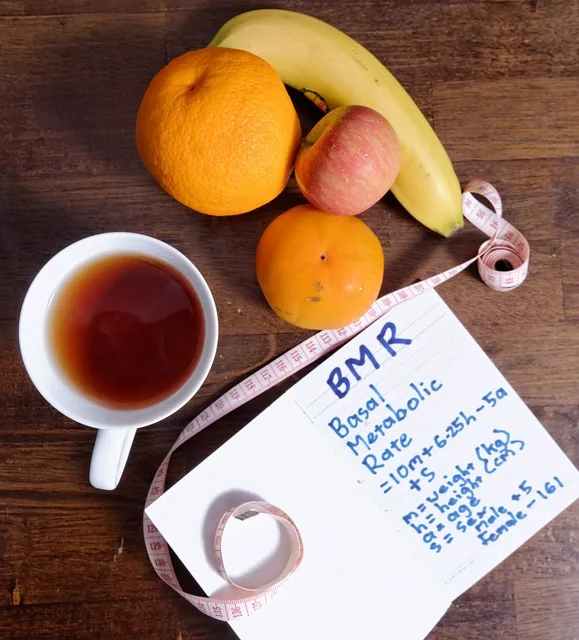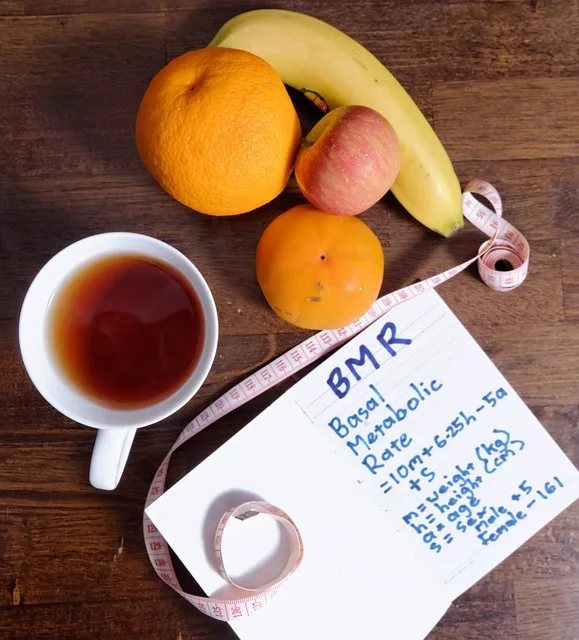The Rower (Rowing Machine also known as ergometers or ergs) is a supramaximal interval training, a fairly common feature in gyms, a power movement by nature, essentially a mixture of a deadlift and a barbell row.
In This Article
Rowing machines provide a great workout, so whether you’re a gym novice or an experienced rower, you’ll build more strength and power while rowing. To avoid overuse of the lower back, perform rowing motions primarily with the legs and arms.
What is Rower (Rowing Machine)?
A rower is a piece of exercise equipment that simulates the motion of rowing a boat. It typically consists of a sliding seat, footrests, and a handlebar or chain connected to a resistance mechanism that provides the user with a full-body workout. It is a type of exercise that involves using a rower, which simulates the motion of rowing a boat. The workouts typically involve using a combination of upper and lower body muscles to push and pull against resistance. A typical rowing workout may include a warm-up, a main set of intervals or steady-state work, and a cool-down. The workouts can vary in intensity and duration, and can be tailored to individual fitness levels and goals. They are often used for cardiovascular and strength training, and can be a challenging and effective way to improve fitness, burn calories, and build muscle.
Benefits of Rowing Machine
The rower (rowing machine) is a full-body workout that targets your quadriceps, calves, glutes, pecs, arms and abdominal muscles.
According to the American Association of Fitness Professionals, the rowing stroke (during the drive portion of the stroke) consists of 65–75% leg work and 25–35% upper body work (when pushing a foot stretcher). 1
Rowing burns serious calories without putting extra strain on your joints, allowing you to control range and range of motion.
This is a great exercise for active recovery, the same cannot be said for high-impact exercises such as running and plyometrics.
It is sometimes recommended for people with early stages of osteoarthritis. A 2014 study of 24 people over 8 weeks found a 30% improvement in their joint torque or rotation in the elbow, shoulder, lumbar and knee. 2
As an intense workout, it strengthens your cardiovascular system, which includes the heart, blood vessels and blood. This system works to transport vital materials, such as nutrients and oxygen, and blood throughout the body to fuel your working muscles.
Therefore, it can improve the strength of the heart and can be beneficial for those who have or may have heart problems.
When you row the body correctly by using the leg muscles to propel your body back and arm muscles to actually row, it gives the combination benefits of strength and endurance — cardiovascular and muscular. 3
High Intensity Interval Training (HIIT) is known to enhance cardiac function and increase post-exercise oxygen consumption. Since this is a full body workout, you will burn more calories after your workout is over. 4
A recent study found that low-volume HIIT can improve fitness levels, glucose control, blood pressure and heart function compared to high-volume HIIT or moderate-intensity continuous training. 5
Rower Technique and Common Mistakes
Vary your interval time, strength, or distance to prevent boredom and keep the body guessing. Rowing is also easy to program into any workout, as you can get so many options from a rowing workout, easily working in other equipment, mixing rowing, kettlebell swings, or full-body workout routine.
According to Harvard Health, in a 30-minute vigorous rowing workout, a 125-pound person can burn 255 calories, a 155-pound person can burn 369 calories, while a 185-pound person can burn 440 calories. 6
Technique
- Drive your legs and pull with the arms as hard and fast as you can for 30 to 90 seconds.
- Rest completely for 90 seconds to 3 minutes between intervals.
- Perform each rowing action by coordinating the action of the legs with the action of the arms in a smooth and rhythmic manner.
- During the resting position between each work interval, get off the machine and either stand up or do a slight movement before starting your next work interval.
Common Mistakes
Improper foot positioning will set you up for an awkward and disabling stroke. Adjust the foot straps, making sure the strap goes over the ball of your foot. If the feet are placed too high, the feet will be placed too high, which means you are not taking the full stroke. Adjust the foot stretcher to the place where you rest the feet, with a few pegs above or below if the fabric strap isn’t in the right place.
Located to the right of the circular flywheel on the machine, the damper setting is a plastic lever that controls how much air is in the flywheel. Setting the damper to 10 will feel like steering a heavy boat and require the most “work” per stroke, while setting it to zero will make it feel like steering a smoother, lighter boat and less energy per stroke.
You can also think of the damper setting as a gear on the bike. For beginners, make sure the damper setting is anywhere from four to six.
Understand the monitor, square display, is a powerful tool that will provide instant feedback during the workout.
There are two numbers focusing on:
- Stroke rate (strokes per minute, located in the top right of the screen)
- Watts (a measure of workout intensity)
A good first goal is to consistently hit the body weight (in pounds) in watts.
Rower (Rowing Machine) for HIIT
1. 38 minutes intense (3 intervals)
| Time | Action |
|---|---|
| 10 minutes | warm-up (easy row) |
| Interval-A: | |
| 30 seconds | sprint (stroke rate 26-32) |
| 30 seconds | rest |
| 5 rounds | repeat |
| 120 seconds | air squats |
| Interval-B: | |
| 30 seconds | sprint (stroke rate 26-32) |
| 30 seconds | rest |
| 5 rounds | repeat |
| 120 seconds | push-ups |
| Interval-C: | |
| 30 seconds | sprint (stroke rate 26-32) |
| 30 seconds | rest |
| 5 rounds | repeat |
| 120 seconds | air squats |
2. 42 minutes pyramid
| Time | Action |
|---|---|
| 10 minutes | warm-up (easy row) |
| 1 minute | row (stroke rate 26-32) |
| 1 minute | rest |
| 2 minutes | row (stroke rate 26-32) |
| 2 minutes | rest |
| 3 minutes | row (stroke rate 26-32) |
| 3 minutes | rest |
| 4 minutes | row (stroke rate 26-32) |
| 4 minutes | rest |
| 3 minutes | row (stroke rate 26-32) |
| 3 minutes | rest |
| 2 minutes | row (stroke rate 26-32) |
| 2 minutes | rest |
| 1 minute | row (stroke rate 26-32) |
| 1 minute | rest |
3. Distance interval (1-to-1 work-to-rest ratio)
| Distance and time | Action |
|---|---|
| 100 meters | row |
| 1 minute | rest |
| 200 meters | row |
| 1 minutes | rest |
| 300 meters | row |
| 1 minutes | rest |
| 200 meters | row |
| 1 minutes | rest |
| 100 meters | row |
- American Association of Fitness Professionals. “A Quick and Easy Guide to Indoor Rowing Machines.” Available here: https://www.afpafitness.com/blog/a-quick-and-easy-guide-to-indoor-rowing-machines.[↩]
- Biomed Mater Eng. 2014;24(6):2425-35. doi: 10.3233/BME-141056. “Comparative analysis of basal physical fitness and muscle function in relation to muscle balance pattern using rowing machines.” Available here: https://pubmed.ncbi.nlm.nih.gov/25226943/.[↩]
- (Williams & Wilkins). 2009;23(4):1204–1210. 5 “Health-Related Fitness Measures for Youth: Cardiorespiratory Endurance.” Available here: https://www.ncbi.nlm.nih.gov/books/NBK241309/.[↩]
- Ace Fitness. “High-intensity Interval Training: Why it Works.” Kelley Vargo, MPH, MS, CSCS, ACE Health Coach. Available here: https://www.acefitness.org/resources/pros/expert-articles/6361/high-intensity-interval-training-why-it-works/.[↩]
- The Journal of Physiology. Volume 600, Issue 5 p. 1013-1026. doi: 10.1113/JP281210. “Low-volume high-intensity interval training for cardiometabolic health.” Available here: https://physoc.onlinelibrary.wiley.com/doi/10.1113/JP281210.[↩]
- Harvard Health Publishing. “Calories burned in 30 minutes for people of three different weights.” Available here: https://www.health.harvard.edu/diet-and-weight-loss/calories-burned-in-30-minutes-for-people-of-three-different-weights.[↩]















